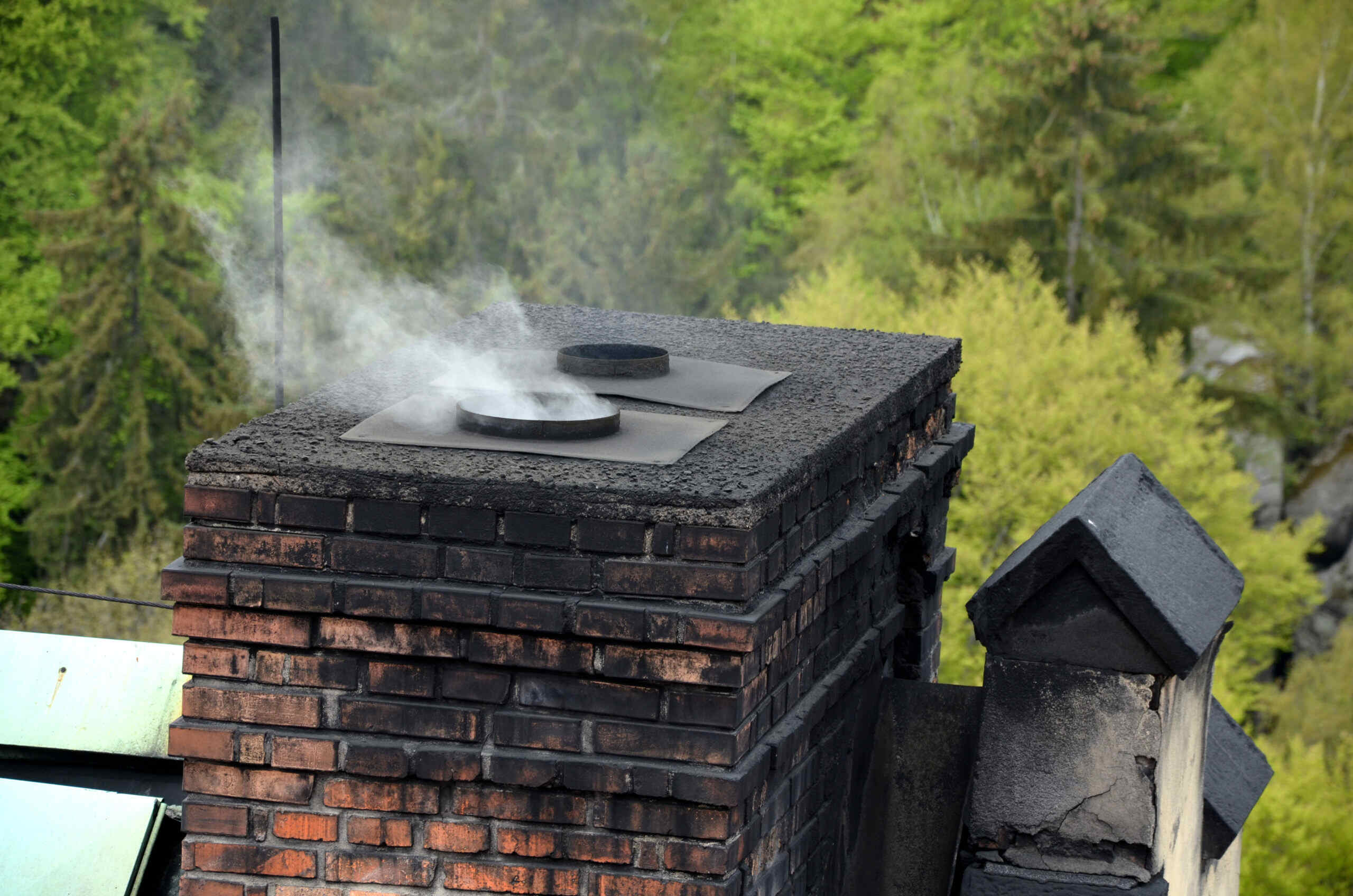

Articles
What Is Chimney Soot
Modified: February 24, 2024
Learn about the causes and dangers of chimney soot in this informative article. Gain insights on how to prevent and remove soot buildup to ensure a safe and efficient fireplace.
(Many of the links in this article redirect to a specific reviewed product. Your purchase of these products through affiliate links helps to generate commission for Storables.com, at no extra cost. Learn more)
Introduction
Chimneys are a vital component of homes and buildings, allowing for the safe and efficient ventilation of smoke and harmful gases. However, over time, these chimneys can accumulate a dark and powdery substance known as chimney soot. Chimney soot is not only unsightly, but it can also pose various dangers to both the chimney and the occupants of the building.
In this article, we will explore the definition of chimney soot, its causes, the dangers it presents, common sources, as well as methods to remove and prevent its buildup. By understanding the risks associated with chimney soot and how to prevent it, homeowners can ensure the safety and longevity of their chimneys.
So, let’s dive in and discover what chimney soot is all about.
Key Takeaways:
- Chimney soot, also known as creosote, is a black, powdery substance formed from incomplete combustion. It poses fire hazards, compromises indoor air quality, reduces heating efficiency, and requires regular maintenance to prevent buildup.
- Preventing chimney soot buildup involves using properly seasoned firewood, ensuring proper airflow, choosing efficient heating appliances, and scheduling regular cleanings. By taking these measures, homeowners can maintain a safe and efficient chimney system.
Read more: How To Clean Soot From A Carpet
Definition of Chimney Soot
Chimney soot, also known as creosote, is a black, powdery or sticky substance that accumulates inside the flue of a chimney. It is primarily composed of carbon particles and other byproducts of incomplete combustion, such as tar, ash, and chemicals released from burning wood or fossil fuels.
When smoke and gases from fires rise up the chimney, they cool down and condense on the walls of the flue. Over time, these condensed particles solidify and form a layer of chimney soot. The amount of soot can vary depending on various factors, including the type of fuel used, the frequency of chimney use, and the efficiency of the ventilation system.
The color, texture, and composition of chimney soot can also vary. It can range from fine and powdery to thick and sticky, depending on the level of moisture present and the specific chemicals released during combustion. Regardless of its appearance, however, chimney soot is a clear indicator of incomplete combustion and a buildup of potentially harmful substances.
It’s important to note that chimney soot is not limited to traditional wood-burning fireplaces. It can also occur in chimneys connected to gas or oil heating systems, as well as those used for stoves and other appliances. Regardless of the fuel source, regular inspection and maintenance of chimneys are necessary to monitor and address the accumulation of chimney soot.
Causes of Chimney Soot
Several factors contribute to the formation of chimney soot. Understanding these causes is key to preventing the buildup of soot and ensuring the efficient functioning of your chimney.
- Incomplete combustion: The primary cause of chimney soot is incomplete combustion. When fuel does not burn completely, it produces more smoke and releases higher levels of unburned particles. These particles, including carbon, ash, and other byproducts, are carried up the chimney and condense on the walls, forming soot.
- Moisture content in fuel: The moisture content of the fuel used in the fireplace or heating system also plays a role in the formation of chimney soot. Wet or green wood contains a higher amount of moisture, leading to cooler and less efficient burning. The excess moisture creates more smoke, increasing the chances of soot accumulation.
- Low-temperature fires: Fires that burn at low temperatures are more likely to produce chimney soot. When the fire is not hot enough, combustion is incomplete, and the byproducts do not fully burn, resulting in increased soot production.
- Restricted airflow: Poor airflow within the chimney can also contribute to soot buildup. If the chimney is clogged with debris or there are obstructions such as bird nests or creosote deposits, the airflow is reduced. Restricted airflow leads to incomplete combustion and a higher likelihood of chimney soot formation.
- Improper chimney sizing: Chimneys that are incorrectly sized for the appliance or fuel being used can also contribute to soot buildup. When a chimney is too large, the exhaust gases cool quickly, increasing the chances of condensation and soot formation. Conversely, a chimney that is too small can cause restricted airflow and incomplete combustion, leading to the accumulation of soot.
By addressing these causes and adopting proper maintenance practices, homeowners can reduce the formation of chimney soot and ensure the smooth functioning of their chimneys.
Dangers of Chimney Soot
While chimney soot may seem like a harmless buildup of grime, it poses various dangers that should not be overlooked. Understanding these risks is crucial for maintaining the safety of your chimney and the well-being of your household.
1. Fire Hazard: Chimney soot is highly combustible. When the layer of soot becomes thick enough, it can ignite and lead to a dangerous chimney fire. The soot acts as fuel, providing the necessary conditions for a fire to start and spread rapidly. These fires can cause extensive damage to the chimney structure and potentially spread to the rest of the building.
2. Poor Indoor Air Quality: The primary purpose of a chimney is to vent smoke and harmful gases out of your home. However, when chimney soot builds up, it can obstruct the airflow and cause these pollutants to re-enter your living space. Inhaling these pollutants, such as carbon monoxide, can have detrimental effects on your health, leading to respiratory issues, headaches, dizziness, and even carbon monoxide poisoning.
3. Reduced Efficiency: Chimney soot can obstruct the flue, restricting the flow of exhaust gases. This obstruction prevents the chimney from functioning efficiently, resulting in poor draft and inadequate venting. Consequently, your fireplace or heating system may experience reduced performance, decreased heat output, and increased energy consumption.
4. Structural Damage: Over time, the accumulation of chimney soot can cause damage to the chimney structure. The acidic nature of some soot types can corrode the flue lining, leading to cracks, deterioration, and potential leaks. Furthermore, the excessive weight of the soot can put stress on the chimney, causing it to weaken and potentially collapse.
5. Environmental Impact: When chimney soot is released into the environment, it contributes to air pollution. Soot particles contain harmful substances like carbon, nitrogen compounds, and heavy metals. These pollutants can have detrimental effects on air quality, soil, and water sources, impacting both human health and the ecosystem.
To mitigate these dangers, regular chimney maintenance, including professional cleaning and inspections, is essential. This ensures the removal of chimney soot and the identification of any potential hazards before they escalate.
Chimney soot, also known as creosote, is a black, oily substance that accumulates in chimneys from burning wood or fossil fuels. Regular chimney cleaning and maintenance can help prevent the buildup of soot and reduce the risk of chimney fires.
Common Sources of Chimney Soot
Chimney soot can originate from various sources, depending on the type of fuel and the appliances used. Understanding these common sources can help homeowners identify potential areas for chimney soot buildup and take appropriate measures to address them.
- Wood-burning fireplaces: Traditional wood-burning fireplaces are a common source of chimney soot. The burning of wood releases fine particles, carbon, and other byproducts that can accumulate on the chimney walls over time. The type and quality of wood used, as well as the efficiency of the fireplace and the ventilation system, can influence the amount of soot produced.
- Wood-burning stoves: Similar to wood-burning fireplaces, wood-burning stoves can also generate chimney soot. These stoves provide an efficient way to heat homes but require proper ventilation to avoid excessive soot buildup. Regular cleaning and maintenance of the stove and chimney are crucial for preventing the accumulation of soot.
- Gas or oil heating systems: Chimney soot can also develop in chimneys connected to gas or oil heating systems. The burning of natural gas or heating oil can release byproducts, such as carbon, sulfur, and other particles, that can condense and form chimney soot. Regular maintenance of these heating systems, including chimney inspections and cleanings, is essential to minimize soot buildup.
- Coal-burning appliances: Although less common today, coal-burning appliances can still be found in some homes. Burning coal produces a significant amount of soot and other byproducts that can accumulate in the chimney. Proper ventilation and regular maintenance are crucial for preventing chimney soot buildup when using coal-burning appliances.
- Pellet stoves: Pellet stoves, which burn compacted wood pellets, have gained popularity as an energy-efficient heating option. These stoves can also produce chimney soot if not properly maintained. Regular cleaning and professional inspections are necessary to prevent soot accumulation and ensure optimal performance.
Regardless of the source, regular chimney inspections and cleanings are essential to prevent chimney soot buildup. Hiring a professional chimney sweep can ensure thorough cleaning, identify any potential issues, and provide recommendations for maintaining a clean and safe chimney.
Read more: How To Clean Soot Out Of Fireplace
How to Remove Chimney Soot
Removing chimney soot requires proper techniques and, in some cases, the assistance of professionals. Here are a few methods commonly used to effectively remove chimney soot:
- Chimney Sweeping: The most effective way to remove chimney soot is through professional chimney sweeping. A certified chimney sweep has the knowledge, experience, and specialized tools to thoroughly clean the chimney flue and remove the accumulated soot. They will typically use brushes, rods, and high-powered vacuums to remove the soot without causing damage to the chimney.
- Chemical Cleaners: There are also chimney cleaning products available on the market that can help remove chimney soot. These chemical cleaners are designed to break down and loosen the soot, making it easier to brush and sweep away. However, it’s important to follow the instructions provided by the manufacturer and use these products cautiously.
- Dry Brushing: For minor soot buildup, dry brushing can be effective. Use a stiff bristle brush to gently scrape off the loose soot from the walls of the chimney. It’s important to wear protective clothing, goggles, and a dust mask to minimize exposure to the soot particles.
- Vacuuming: A high-powered industrial vacuum can be used in conjunction with brushing to collect the loosened soot. This ensures that the soot is effectively removed from the chimney without dispersing it into the surrounding area.
- Preventative Maintenance: Regular maintenance can help prevent excessive chimney soot buildup. This includes using properly seasoned firewood, maintaining correct airflow, and scheduling annual chimney inspections and cleanings. These preventative measures can minimize the need for extensive soot removal in the future.
It’s important to note that chimney cleaning can be a messy and potentially hazardous task. If you’re unsure or uncomfortable with the process, it’s best to hire a professional chimney sweep to ensure a safe and thorough cleaning of your chimney.
Preventing Chimney Soot Buildup
Preventing chimney soot buildup is essential for maintaining a safe and efficient chimney system. By adopting these preventative measures, homeowners can minimize the accumulation of chimney soot and ensure the longevity of their chimney:
- Regular chimney inspections: Schedule annual chimney inspections performed by a certified chimney sweep. These inspections can identify any potential issues, such as obstructions or creosote buildup, before they become major problems.
- Properly season firewood: Use dry and properly seasoned firewood. Burning wet or green wood leads to cooler fires and increased soot production. Seasoned wood, with a moisture content of around 20%, burns more efficiently and produces less smoke and soot.
- Avoid burning unapproved materials: Do not burn materials other than your intended fuel source, such as trash, cardboard, or treated wood. These materials can release harmful chemicals and produce excessive soot and smoke.
- Ensure proper airflow: Check for any obstructions or blockages in the chimney, such as bird nests or creosote deposits. Maintain proper ventilation to ensure optimal airflow, which promotes complete combustion and reduces soot buildup.
- Use efficient heating appliances: Choose energy-efficient appliances and heating systems that burn fuel cleanly. These systems are designed to minimize soot production and maximize combustion efficiency.
- Regular chimney cleanings: Schedule regular chimney cleanings with a professional chimney sweep. The frequency of cleanings depends on the frequency of use and the type of fuel being burned. Wood-burning fireplaces may require cleaning once a year, while gas or oil heating systems can benefit from cleanings every two to three years.
- Install a chimney cap: Installing a chimney cap can help prevent debris, animals, and birds from entering the chimney and causing obstructions that can lead to increased soot buildup.
- Monitor the chimney’s performance: Pay attention to any changes in your chimney’s performance, such as excessive smoke, a reduced draft, or a lingering smell. These could be signs of excessive soot buildup or other issues that require attention.
By following these preventative measures, homeowners can significantly reduce the likelihood of chimney soot buildup and maintain a safe and efficient chimney system.
Conclusion
Chimney soot is not just a cosmetic issue; it poses various dangers to both the chimney and the occupants of the building. Understanding what chimney soot is, its causes, and the risks it presents is essential for homeowners to maintain the safety and functionality of their chimneys.
We explored how chimney soot, also known as creosote, is formed as a result of incomplete combustion and the condensation of particles on the chimney walls. We discussed the common sources of chimney soot, including wood-burning fireplaces, gas or oil heating systems, coal-burning appliances, and pellet stoves, emphasizing the importance of regular maintenance and inspections to prevent soot buildup.
Chimney soot can be detrimental in several ways, such as increasing the risk of chimney fires, compromising indoor air quality, reducing heating efficiency, causing structural damage to the chimney, and contributing to environmental pollution. These risks highlight the importance of addressing chimney soot promptly and effectively.
To remove chimney soot, professional chimney sweeping is recommended. Additionally, chemical cleaners, dry brushing, and vacuuming can be used, depending on the severity of soot buildup. However, it’s crucial to follow safety precautions and consult professionals when necessary.
Preventing chimney soot buildup requires regular maintenance, such as annual inspections, properly seasoning firewood, avoiding the burning of unapproved materials, ensuring proper airflow, using efficient heating appliances, scheduling regular cleanings, installing chimney caps, and monitoring chimney performance.
In conclusion, by understanding the definition of chimney soot, its causes, dangers, common sources, and prevention methods, homeowners can take appropriate steps to maintain a clean and safe chimney. Regular maintenance and professional inspections are crucial for avoiding excessive soot buildup, ensuring the efficient functioning of the chimney, and safeguarding the well-being of occupants and the longevity of the chimney system.
Frequently Asked Questions about What Is Chimney Soot
Was this page helpful?
At Storables.com, we guarantee accurate and reliable information. Our content, validated by Expert Board Contributors, is crafted following stringent Editorial Policies. We're committed to providing you with well-researched, expert-backed insights for all your informational needs.
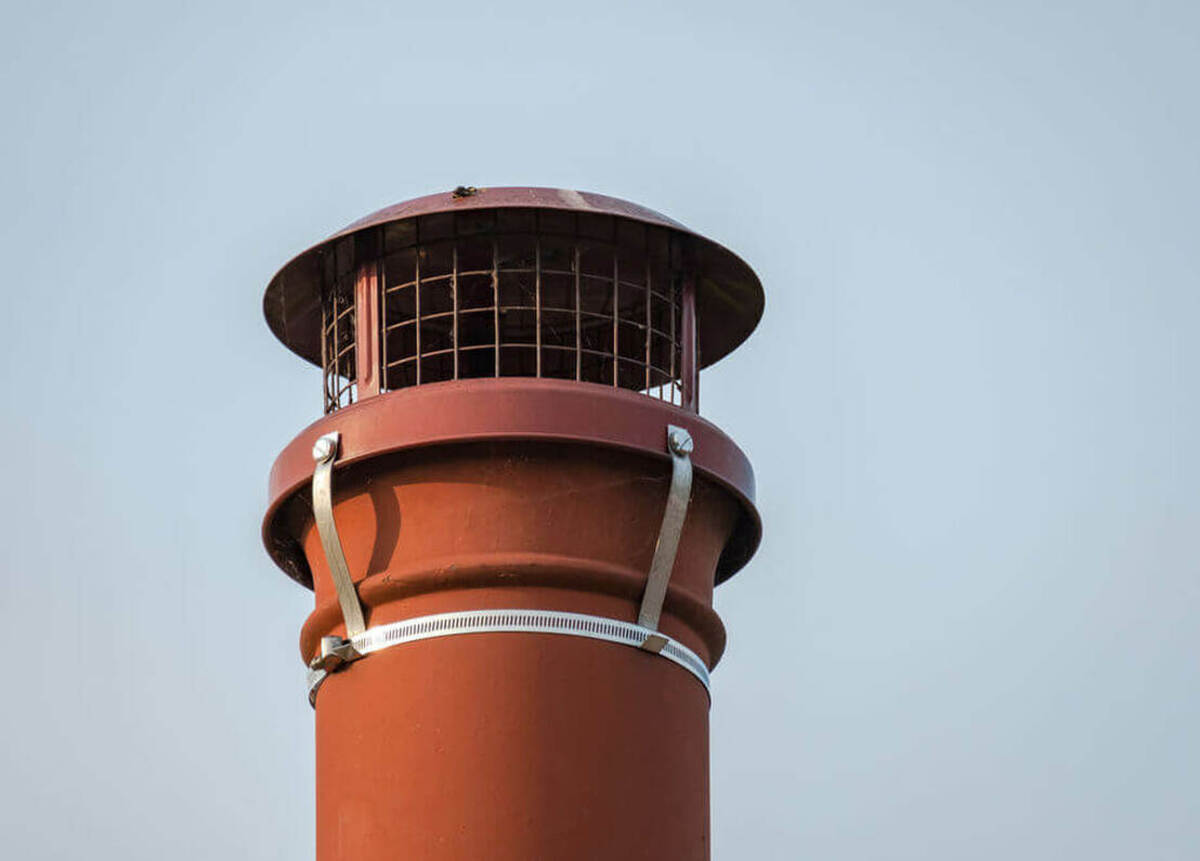
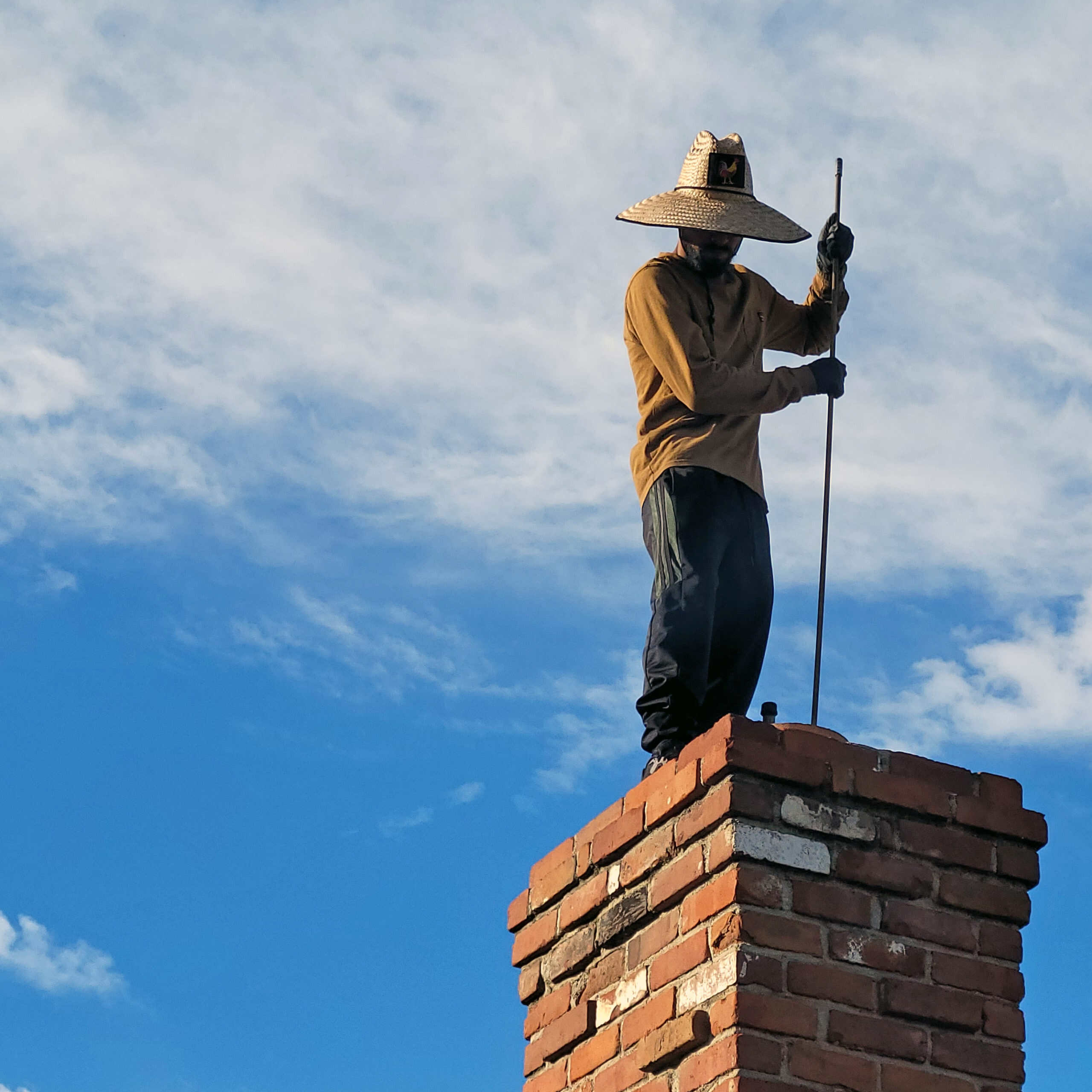
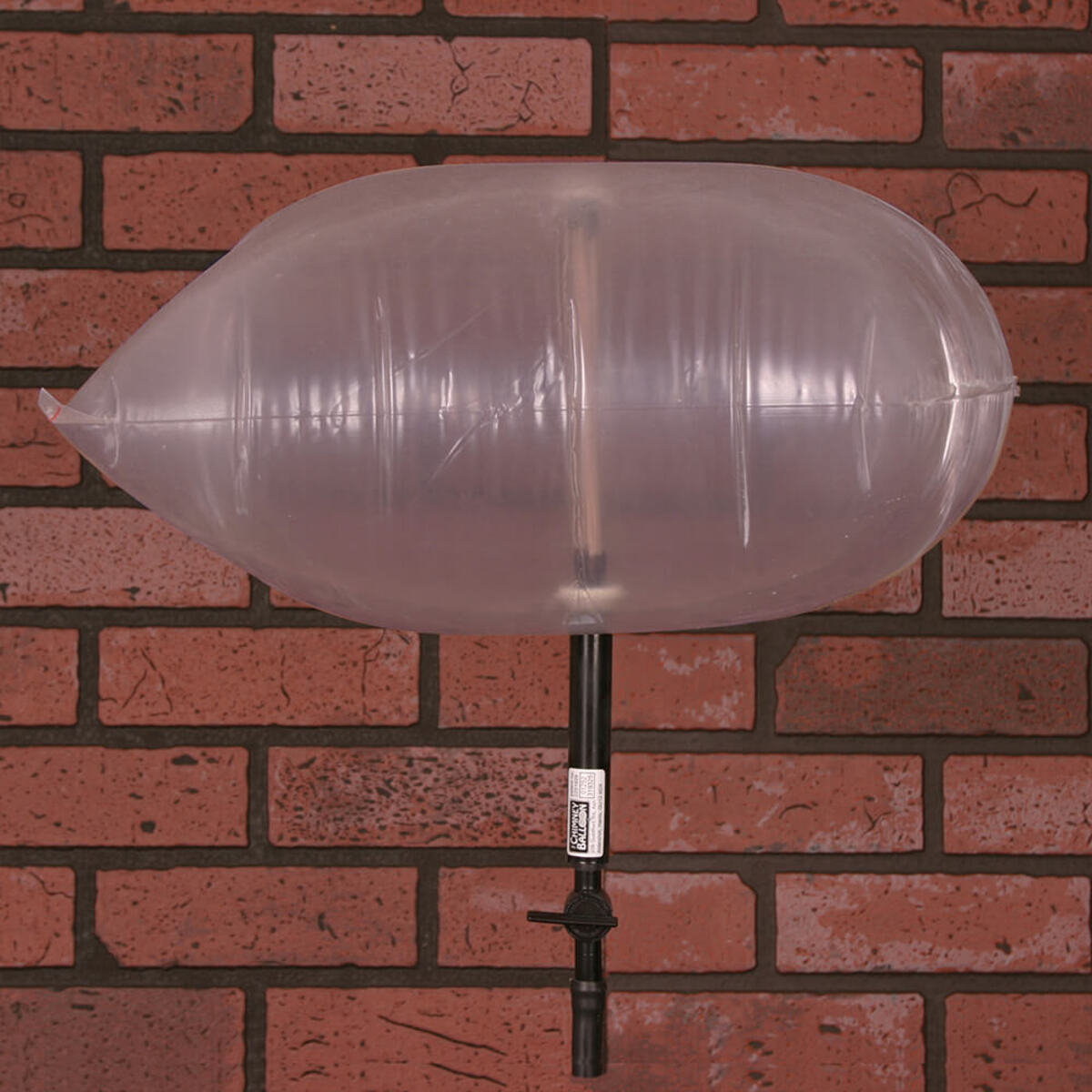
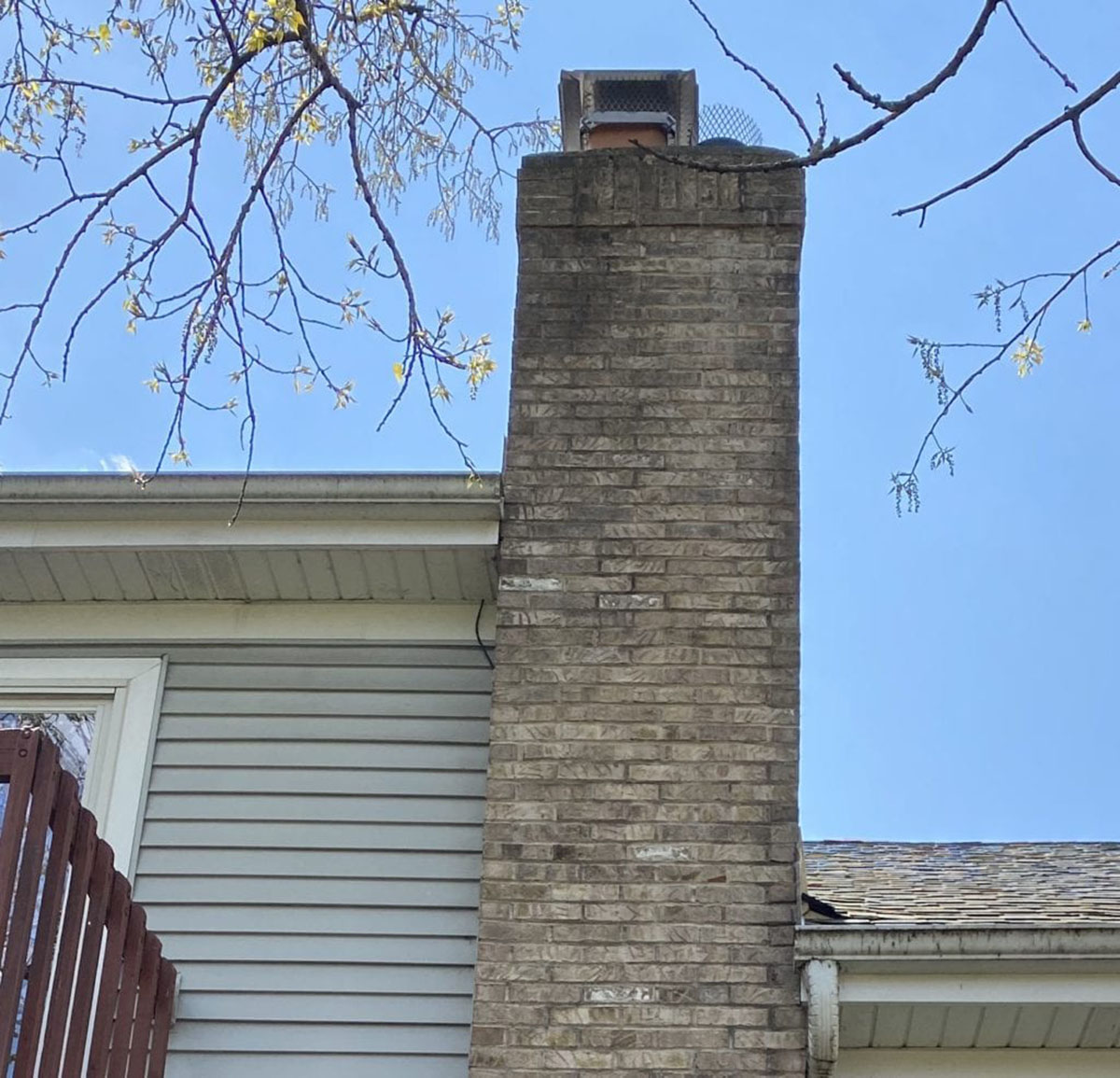
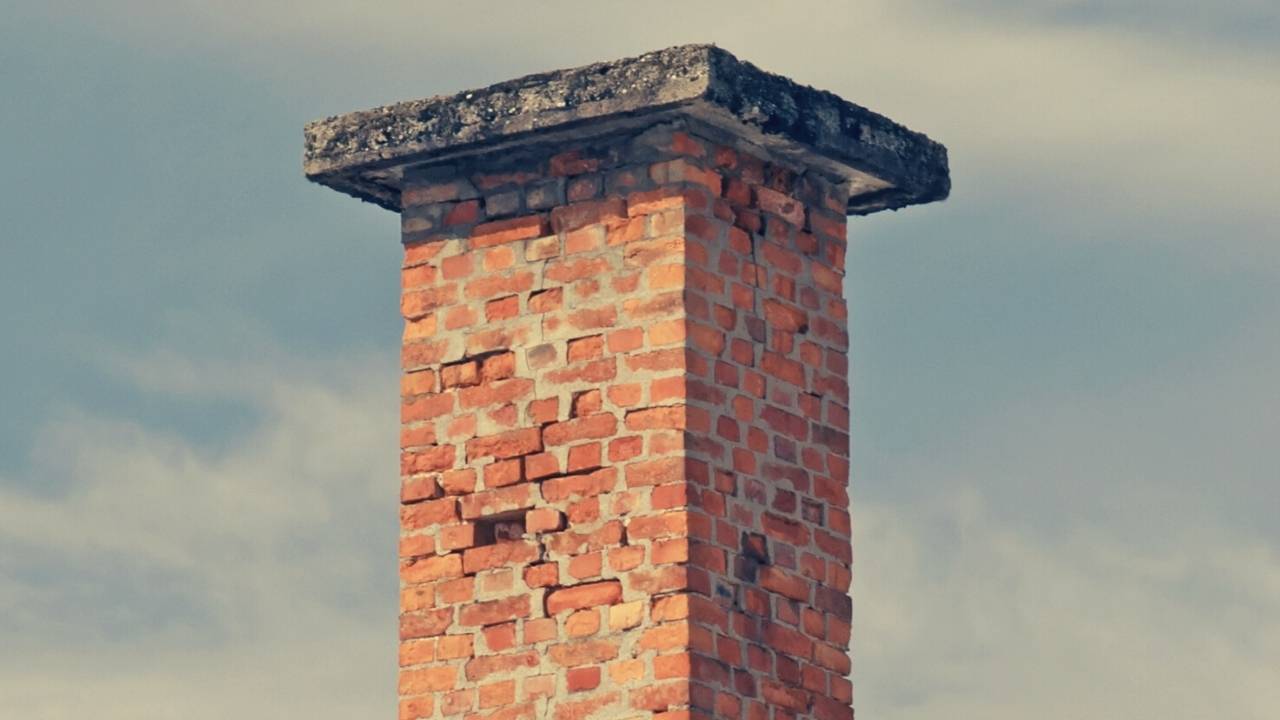
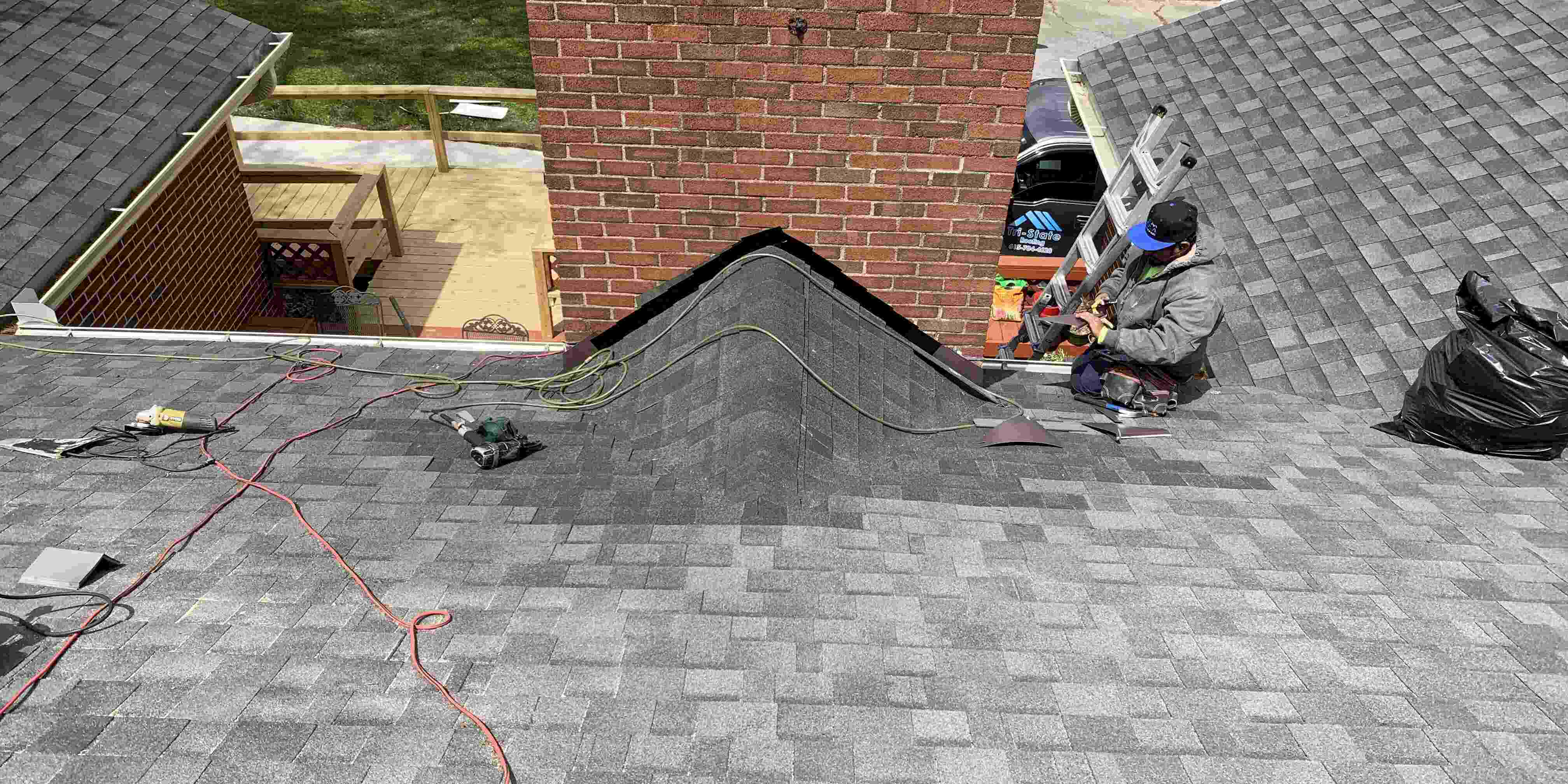
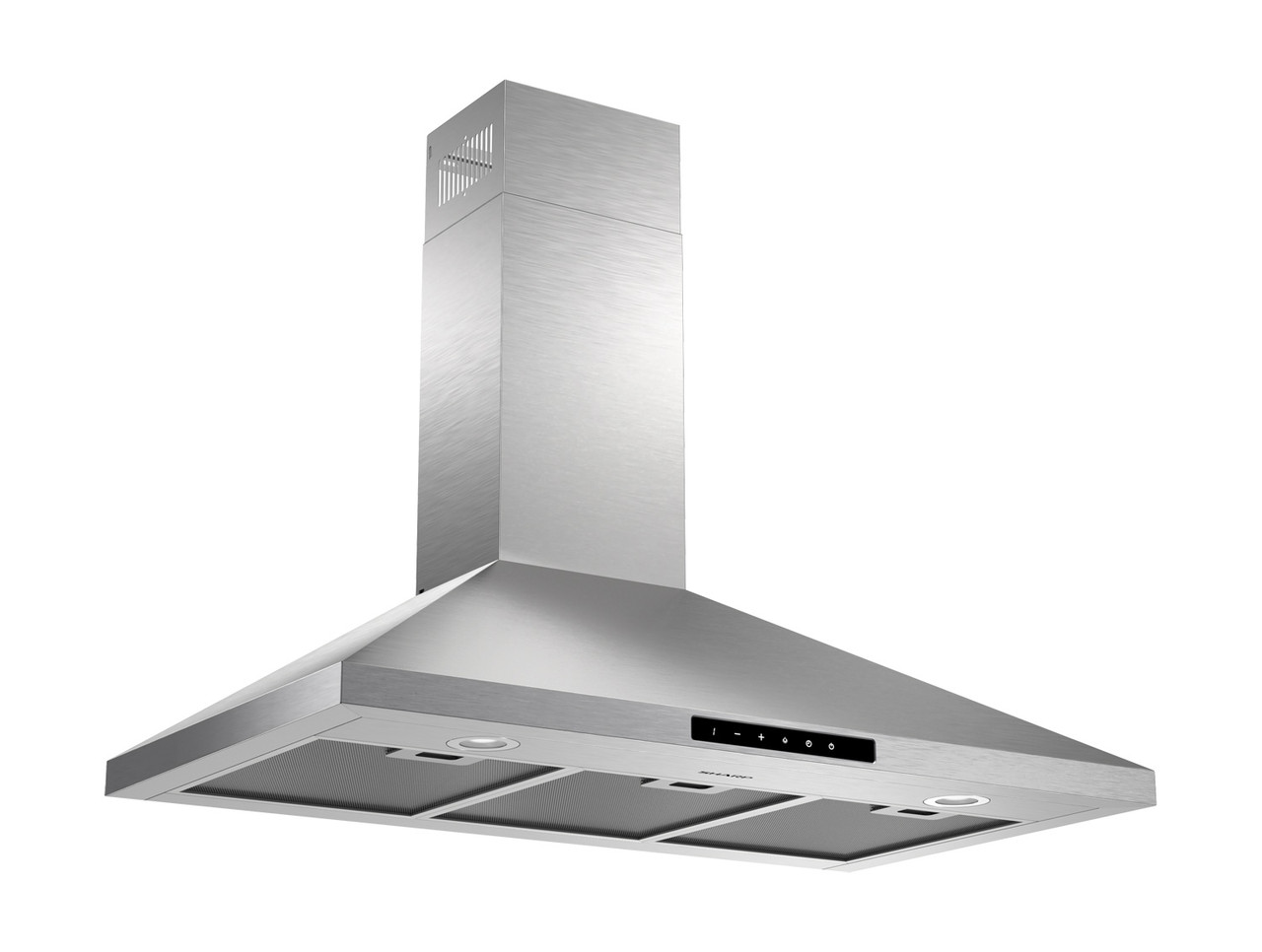
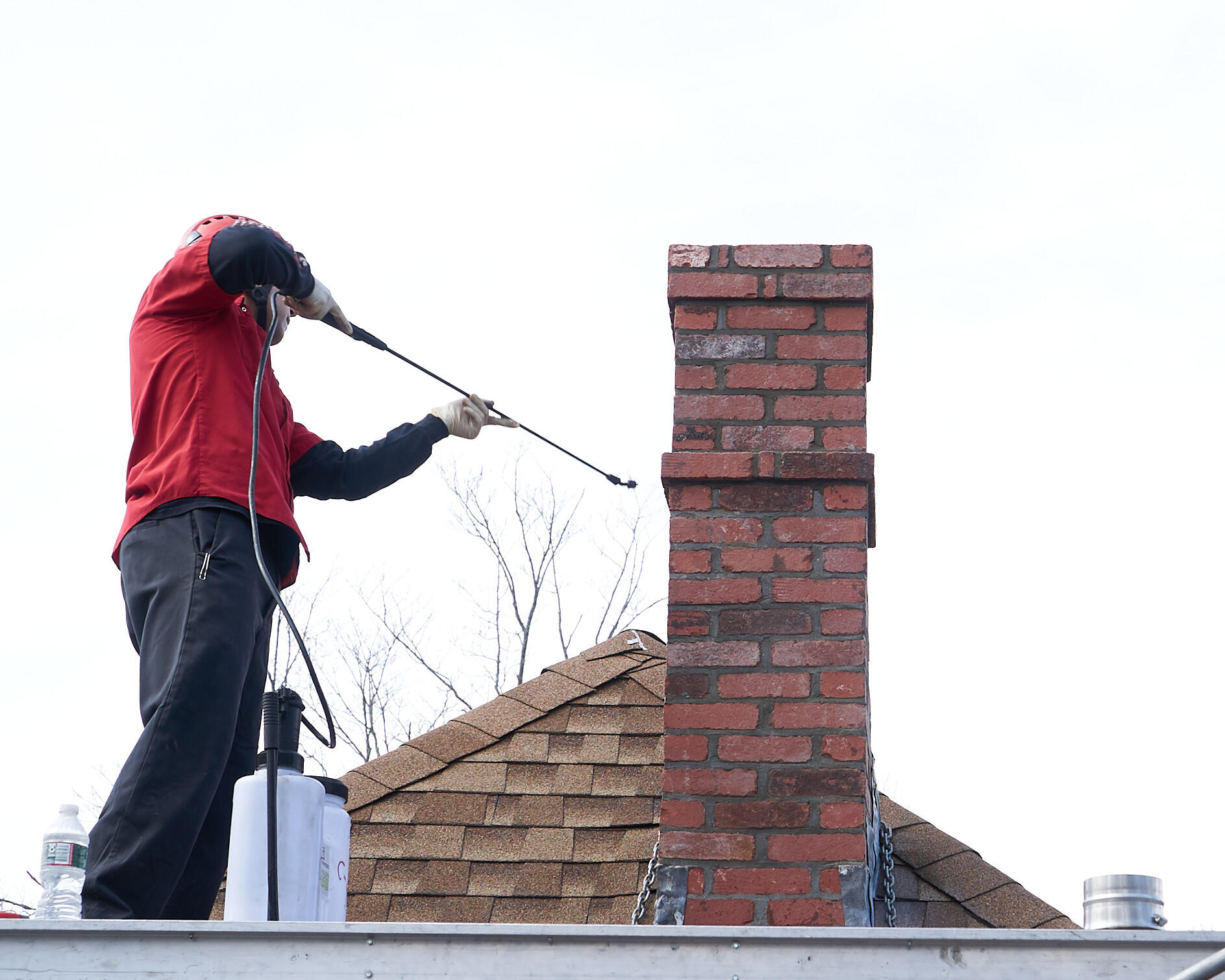
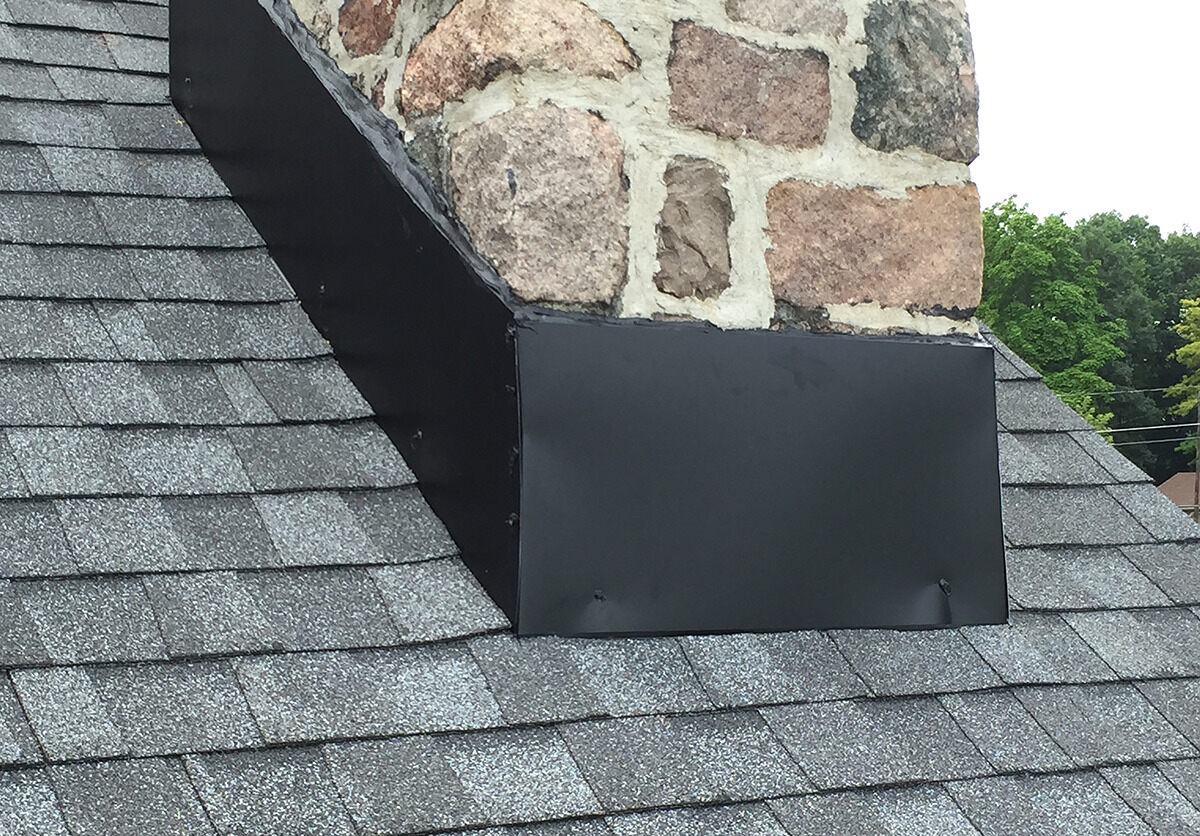
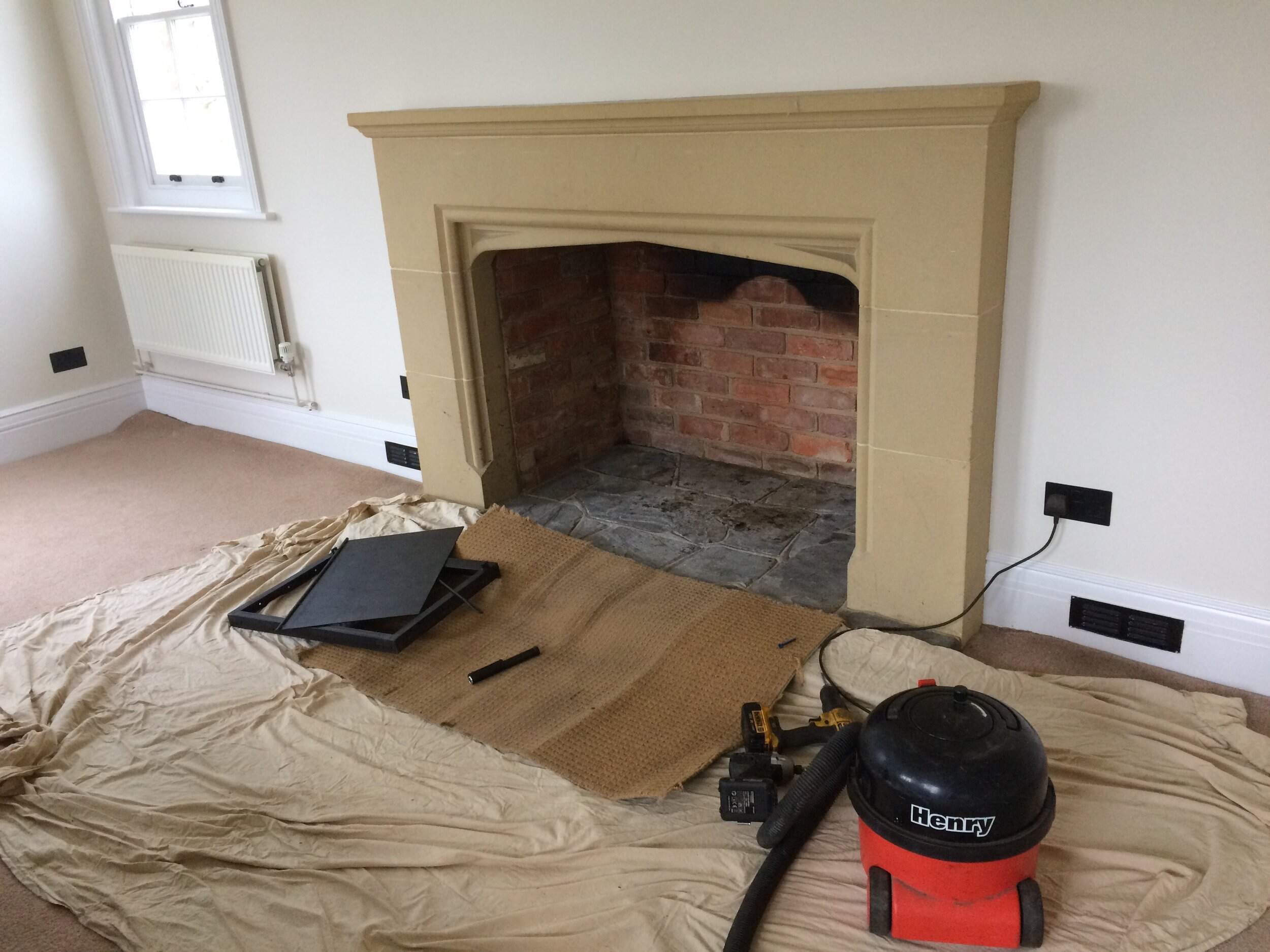
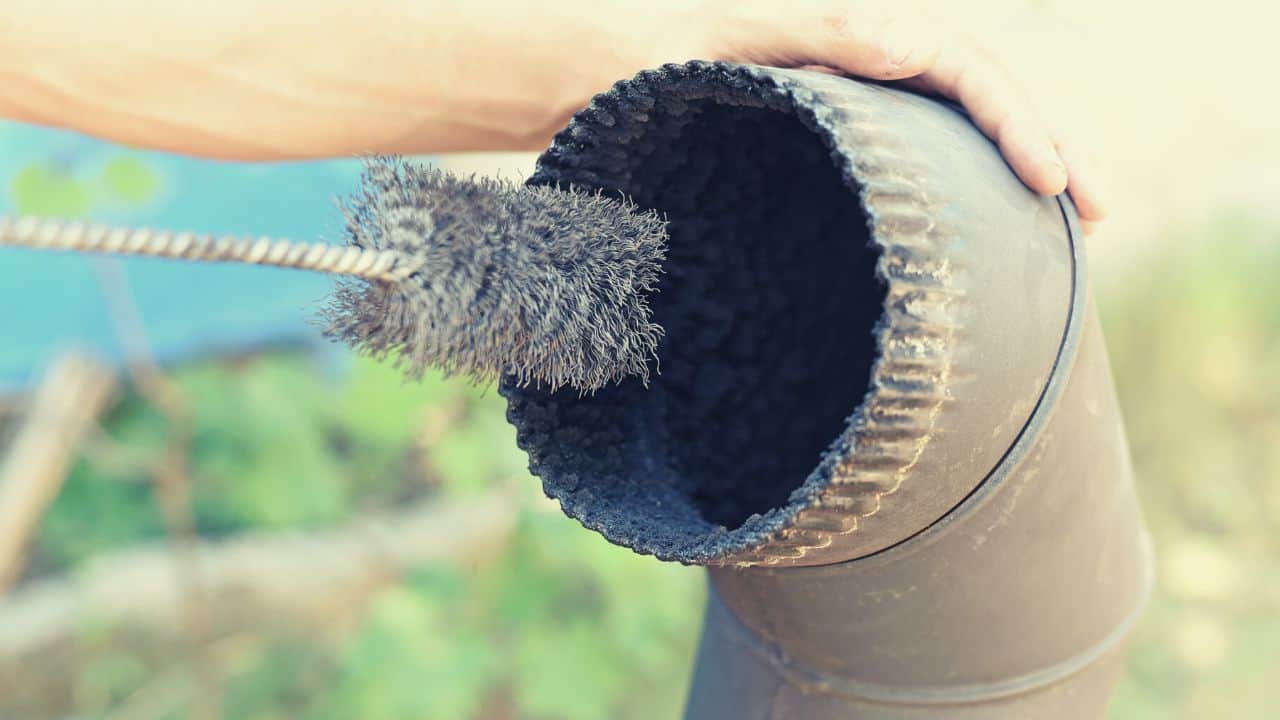
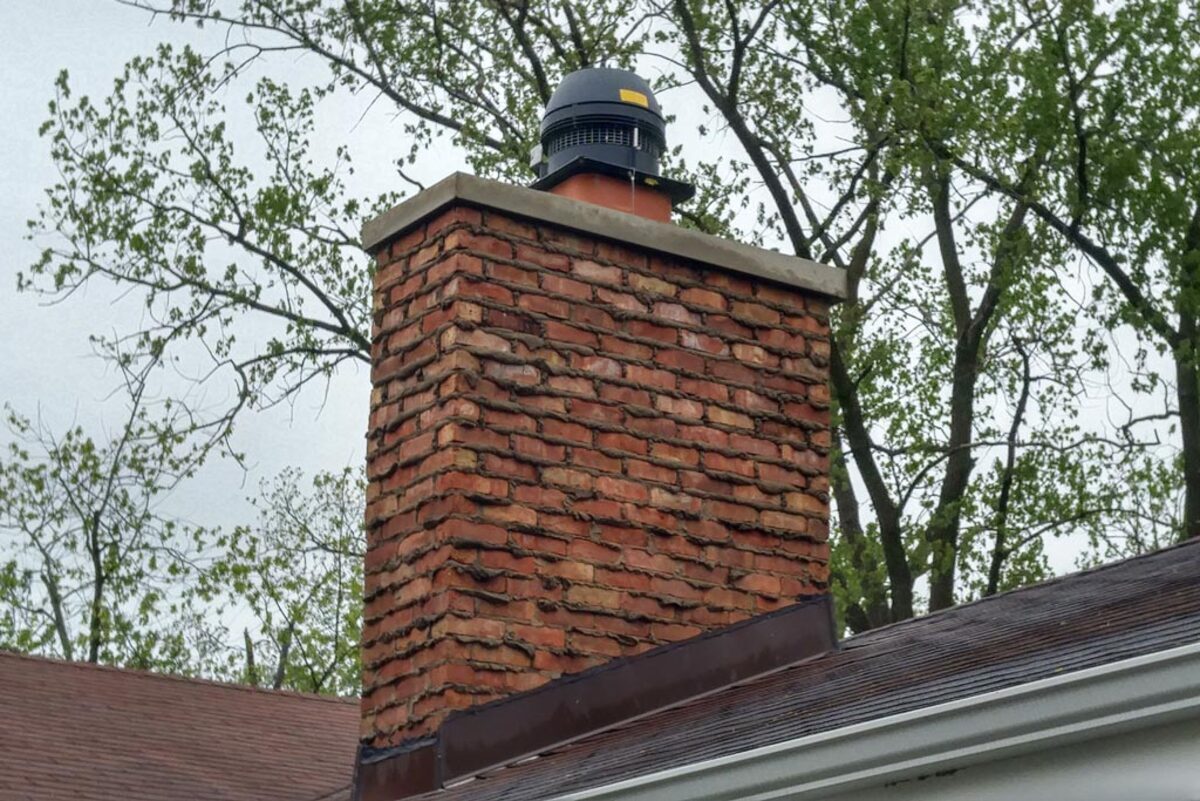
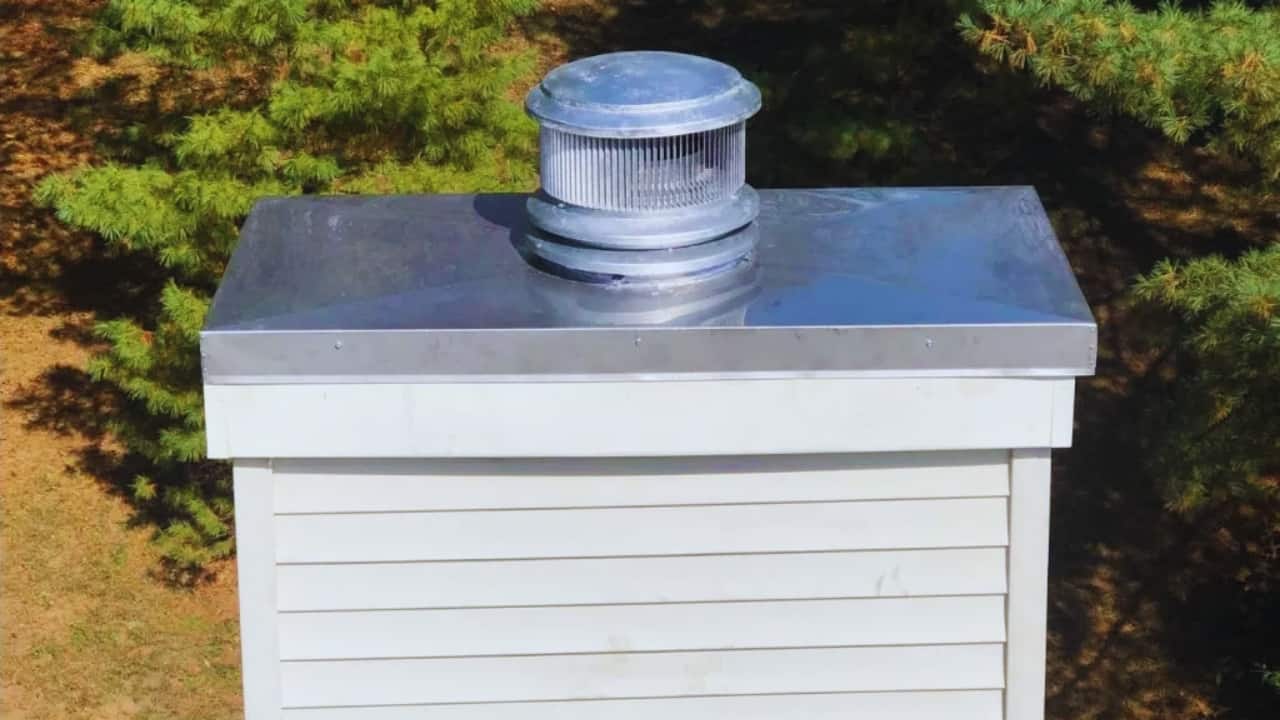


0 thoughts on “What Is Chimney Soot”